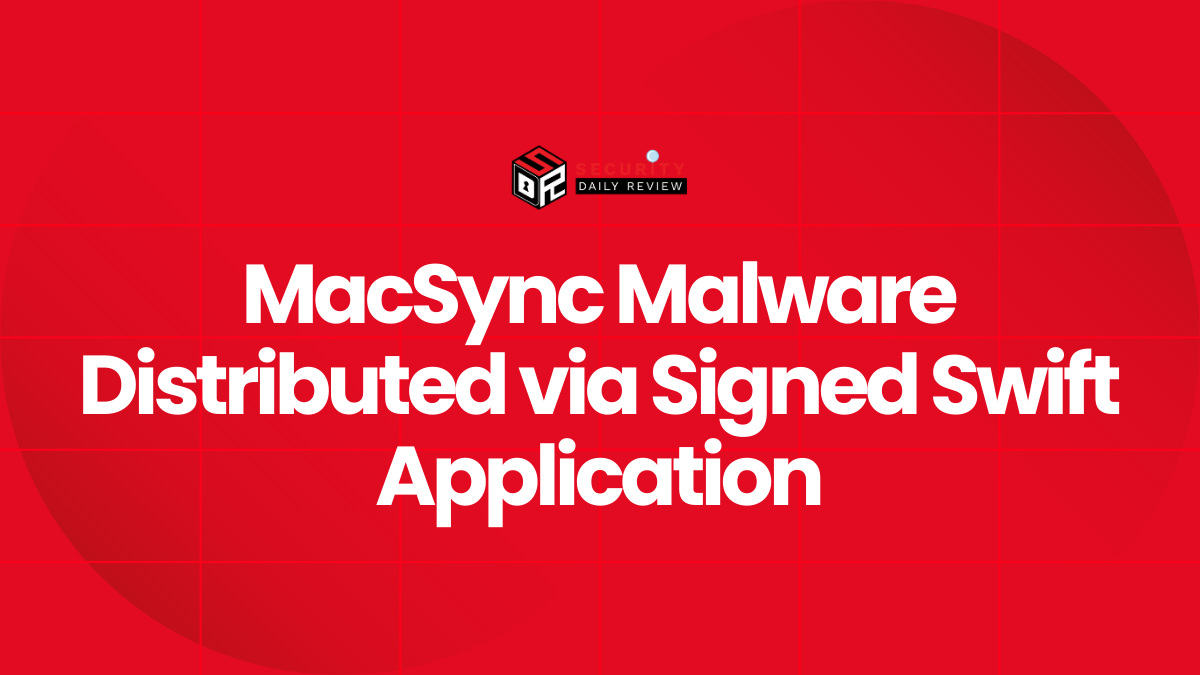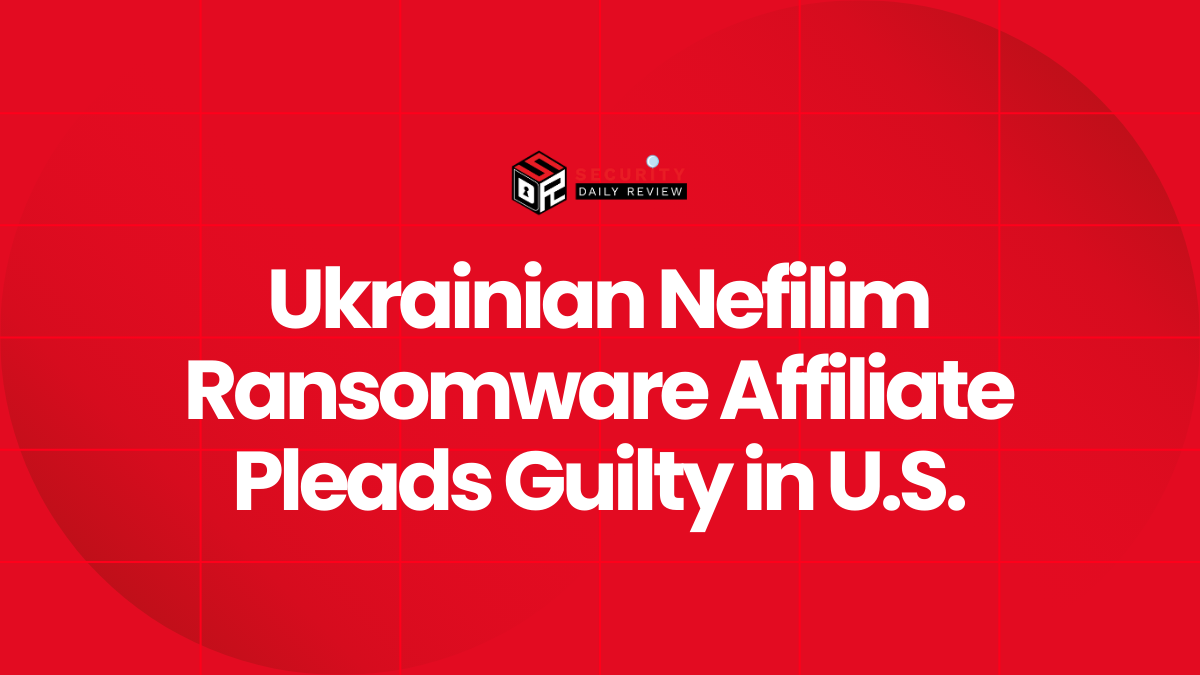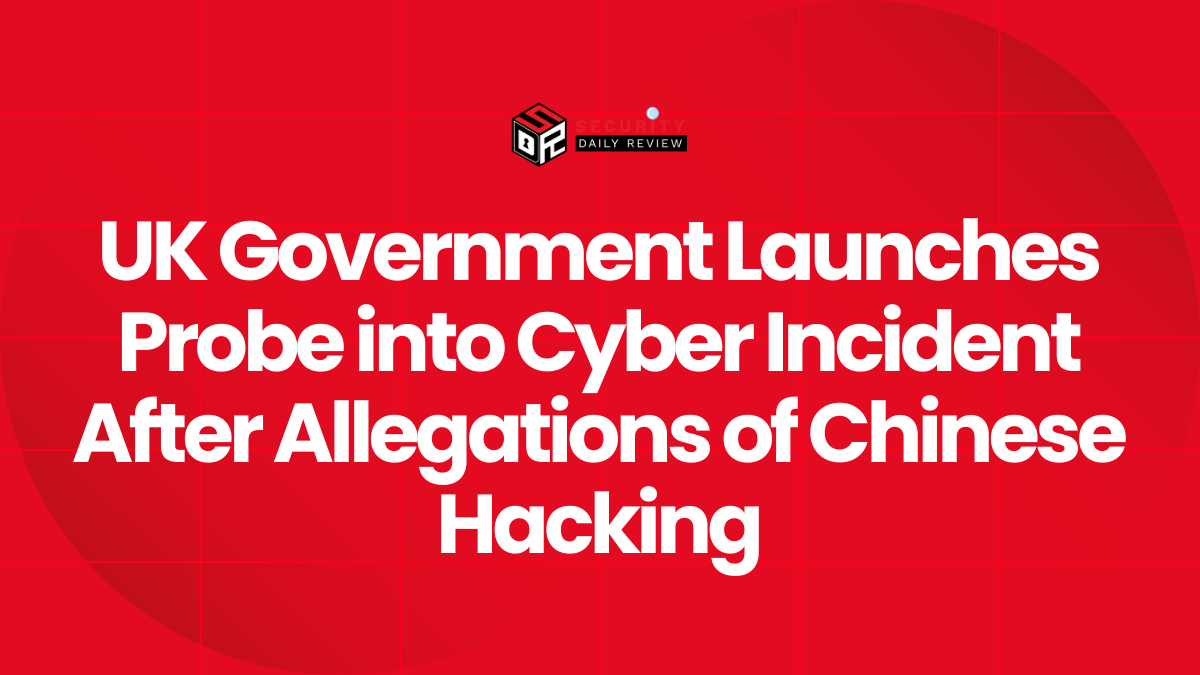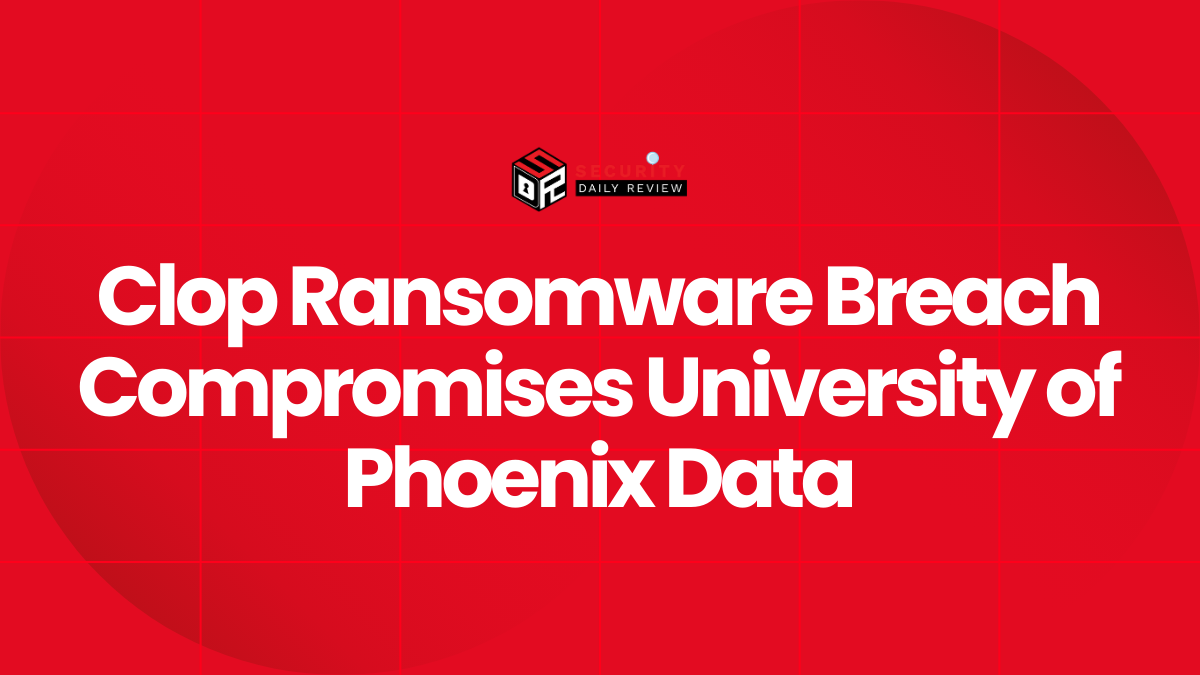The UK government has agreed to guarantee a £1.5 billion commercial lending package for Jaguar Land Rover (JLR) to stabilise the automaker’s supply chain after a severe cyber incident forced production to stop. The guarantee is being provided through the UK Export Finance Export Development Guarantee (EDG) scheme, which reduces lender risk rather than delivering direct state funding.
By underwriting a commercial loan, the state enables JLR to secure larger credit on more favourable terms than the company could obtain independently in the wake of a disruptive cyber event. The facility is structured to be repaid over five years and is intended to provide immediate working capital so JLR can pay suppliers, restore parts flows and resume manufacturing.
JLR confirmed that the cyberattack caused significant disruption to company IT systems and manufacturing operations, forcing temporary suspension of production across multiple plants. The scale of operational impact — paused lines, delayed shipments and disrupted supplier invoicing — prompted the government to act quickly to avert broader supply-chain failures and protect jobs across supplier networks that support tens of thousands of roles.
Scattered Lapsus$ Hunters Claim Jaguar Land Rover Cyberattack Amid Rising Enterprise Breaches
A group calling itself “Scattered Lapsus$ Hunters” claimed responsibility for the intrusion, publishing screenshots of an internal HOSTS file from a JLR SAP system and asserting ransomware deployment across parts of the network. JLR has said attackers stole data from its systems, though full technical details of the initial access vector and extent of exfiltration have not been disclosed publicly. Reporting indicates the company worked with cybersecurity specialists, national authorities and law enforcement as part of containment and forensic efforts.
This incident reflects a pattern of high-impact breaches that have targeted major organisations via social engineering, credential compromise, or exploitation of enterprise applications. Comparable cases include the Lapsus$ campaigns that disrupted large technology firms and the Scattered Spider-related intrusions that targeted hospitality and transit providers; these precedents show how targeted access to administrative or supplier-facing systems can produce outsized operational and reputational damage.
“This cyber-attack was not only an assault on an iconic British brand, but on our world-leading automotive sector and the men and women whose livelihoods depend on it,” Business and Trade Secretary Peter Kyle said when announcing the guarantee.
Jaguar Land Rover Cyberattack Timeline and Forensic Response
JLR disclosed the incident earlier this month and extended system shutdowns as forensic teams analysed logs and validated recovery steps. The company later announced a controlled, phased restart of manufacturing after initial containment and remediation.
Technical breakdown (based on public reporting and company statements): published screenshots point to compromise of an SAP-related environment and claims of ransomware deployment; JLR confirmed data theft but has not provided a detailed public breakdown of compromised data sets, initial access method or whether bespoke tooling was used. The observable tactics align with extortion-driven ransomware playbooks—acquire access to critical enterprise systems, exfiltrate sensitive data for leverage, then deploy encryption or threaten publication to demand payment. Motive is consistent with conventional financial extortion and reputational pressure to obtain ransom.
Operational impact: immediate consequences included halted production lines, interruption of parts supply and likely downstream revenue and cashflow pressure for tiered suppliers. The company’s pledge to restart operations in phases indicates containment has progressed, but recovery and validation of system integrity will remain an operational focus in the near term.
Supply-Chain Contagion: How a JLR Cyberattack Ripples Through OEM Networks
This incident surfaces three primary risk implications. First, supply-chain contagion: a single OEM disruption can cascade through hundreds of tiers, creating acute liquidity stress for smaller suppliers and potential job losses if payments stall. Second, insurance exposure: reporting indicates JLR had not finalised a cyber-insurance policy renewal before the attack, which complicates claims and recovery funding scenarios and highlights the business risk of lapses in cover. Third, regulatory and personal-data risk: confirmed data theft invites potential regulatory scrutiny under data-protection regimes and heightens the prospect of enforcement action, remediation obligations, and reputational damage.
Collectively, these risks justify why governments increasingly treat large cyber incidents as systemic economic events rather than isolated IT outages.
How JLR Partners Can Manage Cashflow and Document Losses
For affected suppliers and partners: prioritise immediate cashflow triage, keep transparent lines of communication with OEM procurement and document losses to support emergency relief or insurance claims. Validate invoices and payment instructions directly with procurement contacts to avoid fraud during recovery.
For organisations broadly, recommended actions include:
- Separate and segment ERP/SCM systems from general corporate networks and enforce strict service-account controls.
- Require phishing-resistant MFA for administrative and supplier-facing accounts.
- Maintain continuous logging, retain forensic artifacts and implement rapid detection rules for unusual data flows or system changes.
- Regularly test cyber-insurance coverage against real-world tabletop scenarios that include business-interruption and ransom demands.
- Develop liquidity contingency plans tied to supplier continuity strategies to prevent cascading failures.
For incident responders: preserve evidence, coordinate with national cyber authorities early, and prioritise integrity checks on manufacturing-control systems before placing assets back into production.
UK Government Loan Guarantee Supports JLR After Cyberattack
The government-backed loan guarantee for JLR demonstrates a pragmatic policy response to a cyber incident that threatened supply-chain stability and employment. While liquidity support mitigates immediate supplier payment risks, long-term resilience depends on technical remediation, tighter insurance hygiene and stronger segmentation between critical operational systems and corporate IT. Expect intensified scrutiny of corporate cyber readiness and insurance markets as policymakers assess whether current frameworks adequately limit systemic cyber risk.









